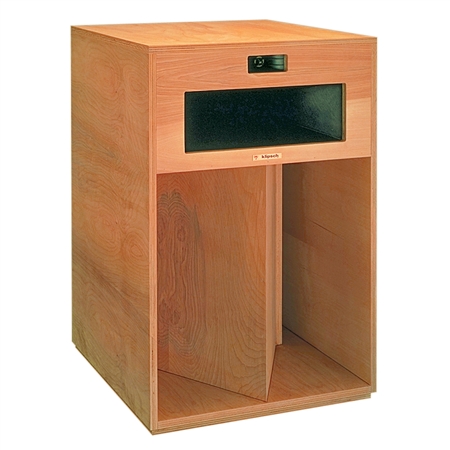@pos I think the statement from Earl's paper, "It should be obvious at this point that all waveguides are horns, but not all horns are waveguides. The difference is if the directivity of the device can be analyzed analytically or not" is the determining factor. Of course Earl is going to say it can be only an OS waveguide, but we know that there are other types of "waveguides" that are "constant directivity" devices as you mention. Which ones are better are a matter of debate, (no diffraction slots please), but to me the main difference is whether the device is constant directivity or not. This is the fundamental difference between a horn and a waveguide.
For example The JMLC 350 is a horn:
View attachment 37944
And a very "beamy" one at that. Move your head off axis just a bit and the hi frequency all but disappears. Not only do you get the "head in vice" issue, but the off axis frequency response is coloured due to frequency dependant directivity issues. When I hear folks say they don't like the sound of horns, this is what comes to my mind. Personally, I can't listen to it.
On the other hand, this Pyle YD-L033 is a constant directivity device:
View attachment 37945
Of course this is not the full story, but again to me this is the fundamental difference between a horn and waveguide.
I really like the work that Marcel is doing at:
http://www.at-horns.eu/ for being able to design and model constant directivity devices.

